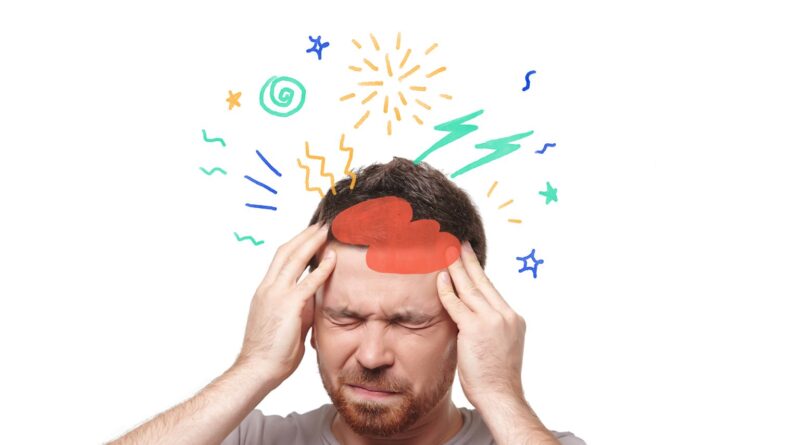Cluster headaches are rare when compared to other types of headaches. The pain they produce is severe and tends to recur in the same way each time. They occur in groups, or clusters, and each attack lasts about 1 to 3 hours on average. The frequency of occurrence may range from every other day to multiple times a day. Cluster periods are followed by remissions that may last months or years.
Males are affected by cluster headaches more than females and they typically start around age 30.
Causes cluster headaches
Researchers do not know exactly what causes cluster headaches. They seem to be related to the sudden release of histamine or serotonin in the body.
The following may trigger cluster headaches:
• Alcohol use or smoking cigarettes
• Change to a high altitude
• Bright light
• Exercise or exertion
• Heat, either weather or a bath
• Foods that contain nitrates, such as bacon or lunch meat
• Cocaine use
Symptoms of cluster headaches
These are common symptoms of a cluster headache:
• Sudden onset of pain, generally around or behind the eye
• Pain builds to a peak in about 10 to 15 minutes
• Restlessness or agitation
• Red or watering eyes
• Nasal congestion
• Sweating on the forehead
• Eyelid drooping or swelling
Cluster period characteristics
A cluster period generally lasts for several weeks to months. The starting date and the duration of each cluster period might be consistent from period to period. For example, cluster periods can occur seasonally, such as every spring or every fall.
Most people have episodic cluster headaches. In episodic cluster headaches, the headaches occur for one week to a year, followed by a pain-free remission period that can last as long as 12 months before another cluster headache develops.
Chronic cluster periods might continue for more than a year, or pain-free periods might last less than one month.
During a cluster period:
• Headaches usually occur every day, sometimes several times a day
• A single attack can last from 15 minutes to three hours
• The attacks often occur at the same time each day
• Most attacks occur at night, usually one to two hours after you go to bed
The pain usually ends as suddenly as it began, with rapidly decreasing intensity. After attacks, most people are pain-free but exhausted.
Treatment cluster headaches
There’s no cure for cluster headaches. The goal of treatment is to decrease the severity of pain, shorten the headache period and prevent the attacks.
Because the pain of a cluster headache comes on suddenly and might subside within a short time, cluster headache can be difficult to evaluate and treat, as it requires fast-acting medications.
At Alimran Medical Center, we may recommend any of the following treatments
Pulsed radiofrequency Sphenopalatine ganglion stimulation or occipital nerve
Botox® injections
Acupuncture
Regenerative medicine treatment (Prolotherapy)
Ozone injection
Sigma
Neurons stimulation
Repetitive Transcranial Magnetic Stimulation, rTMS
Transcranial direct current stimulation (tDCS)
Steroid injection Sphenopalatine ganglion
Physiotherapy
Electrical stimulation
Short and long wave
Laser therapy
Ultrasonic therapy
Magnatic therapy
Chiropractic

